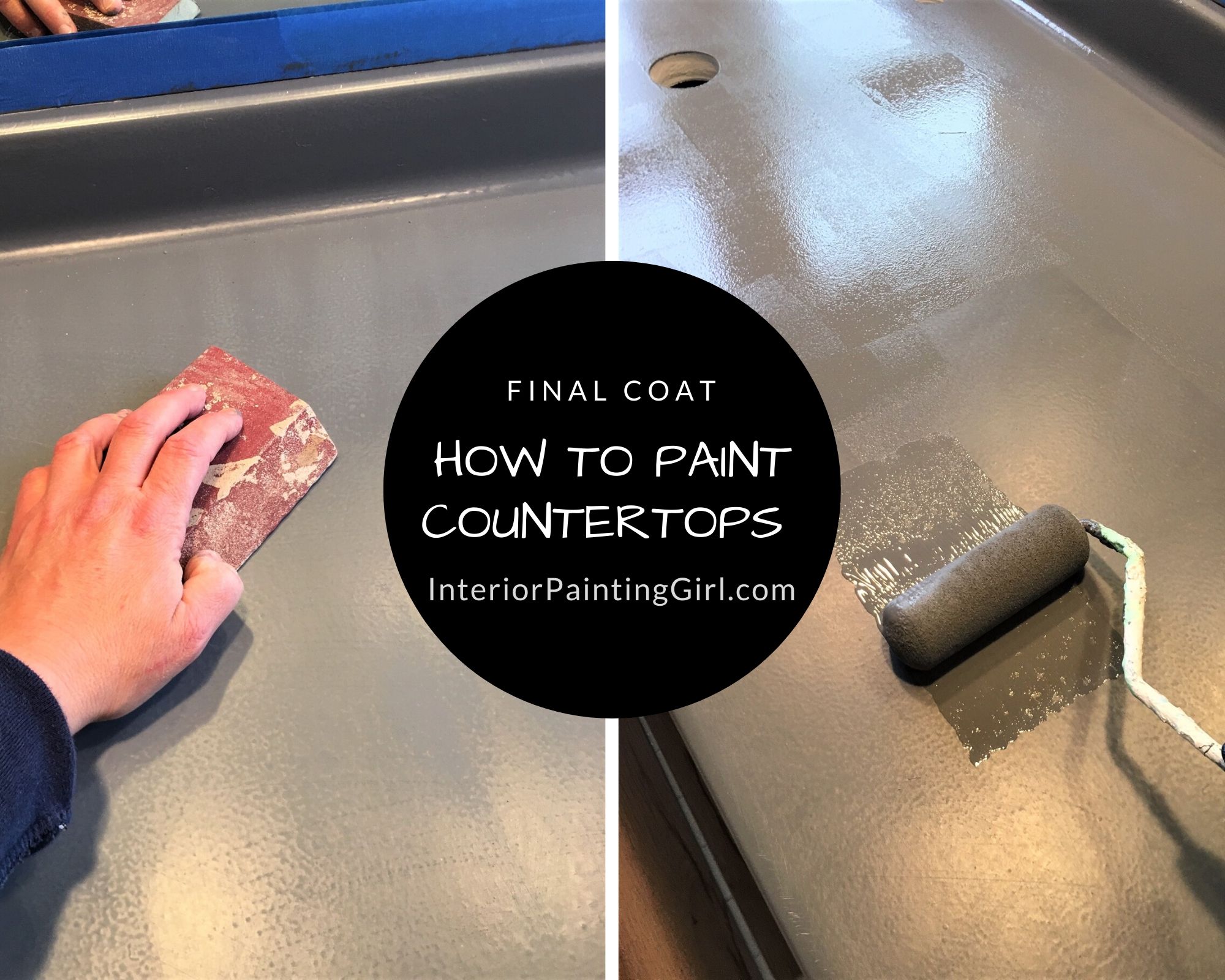Bathroom Countertop Painting: Can You Paint Bathroom Countertops

Transforming your bathroom with a fresh coat of paint can be a cost-effective and stylish way to revitalize the space. Painting bathroom countertops offers a practical solution to update the look and feel of your bathroom without the expense of replacing them entirely. This guide will provide a comprehensive overview of the benefits, suitable materials, and step-by-step instructions for painting bathroom countertops.
Benefits of Painting Bathroom Countertops
Painting bathroom countertops presents numerous advantages, making it an attractive option for homeowners seeking a budget-friendly and customizable renovation.
- Cost-effectiveness: Painting countertops is significantly less expensive than replacing them, allowing you to achieve a fresh look without breaking the bank.
- Customization: Painting provides endless possibilities for color and style choices, enabling you to create a bathroom that reflects your unique taste and preferences.
- Aesthetic Appeal: A fresh coat of paint can instantly transform the appearance of your bathroom countertops, making them look new and revitalized.
Suitable Materials for Painting
Not all bathroom countertop materials are suitable for painting. It’s essential to understand the compatibility of different materials before embarking on the painting process.
- Laminate: Laminate countertops are widely used in bathrooms due to their durability and affordability. These surfaces are excellent candidates for painting, as the smooth, non-porous surface provides a good base for paint adhesion.
- Solid Surface: Solid surface countertops, often made from acrylic or polyester resin, are another suitable material for painting. Their smooth and non-porous surface allows for good paint adhesion.
- Ceramic Tile: Ceramic tile countertops can also be painted, but it’s important to use a specialized epoxy paint designed for tile surfaces. This type of paint provides a durable and water-resistant finish.
Preparing the Countertop for Painting
Proper preparation is crucial for a successful and long-lasting countertop paint job.
- Cleaning: Thoroughly clean the countertop with a degreaser and a non-abrasive cleaner to remove any dirt, grease, or grime. Ensure the surface is completely dry before proceeding.
- Sanding: Lightly sand the countertop with fine-grit sandpaper to create a rough surface for the paint to adhere to. For laminate countertops, sanding helps to create a slightly textured surface, improving paint adhesion. For solid surface countertops, sanding helps to remove any imperfections or glossiness.
- Priming: Apply a primer specifically designed for the type of countertop material you are painting. The primer will help to seal the surface, prevent the paint from absorbing into the countertop, and create a smooth and even base for the paint.
Painting Techniques and Tips for Success

Applying paint to bathroom countertops requires careful technique to achieve a durable and aesthetically pleasing finish. Proper preparation, the right tools, and patience are key to success.
Applying Paint
The application method depends on the type of paint and the desired finish.
- Brushes are best for detailed areas, corners, and edges, providing precise control.
- Rollers are ideal for larger surfaces, ensuring a smooth and even coat.
- Sprayers offer a fast and efficient application but require a well-ventilated area and careful masking to prevent overspray.
Achieving a Smooth Finish
- Thin the paint according to the manufacturer’s instructions to ensure smooth flow and even coverage.
- Use long, even strokes, overlapping each stroke by about 50% to avoid streaks.
- Apply thin coats, allowing each coat to dry completely before applying the next.
- Sand lightly between coats to create a smooth surface.
- Avoid using too much pressure, as this can cause brush marks or streaks.
Drying Time and Sealing, Can you paint bathroom countertops
- Allow adequate drying time between coats, as specified by the paint manufacturer.
- Apply a sealant to protect the painted surface from moisture, stains, and wear. This helps maintain the finish and extend its lifespan.
- Choose a sealant compatible with the type of paint used, ensuring a durable and long-lasting finish.
